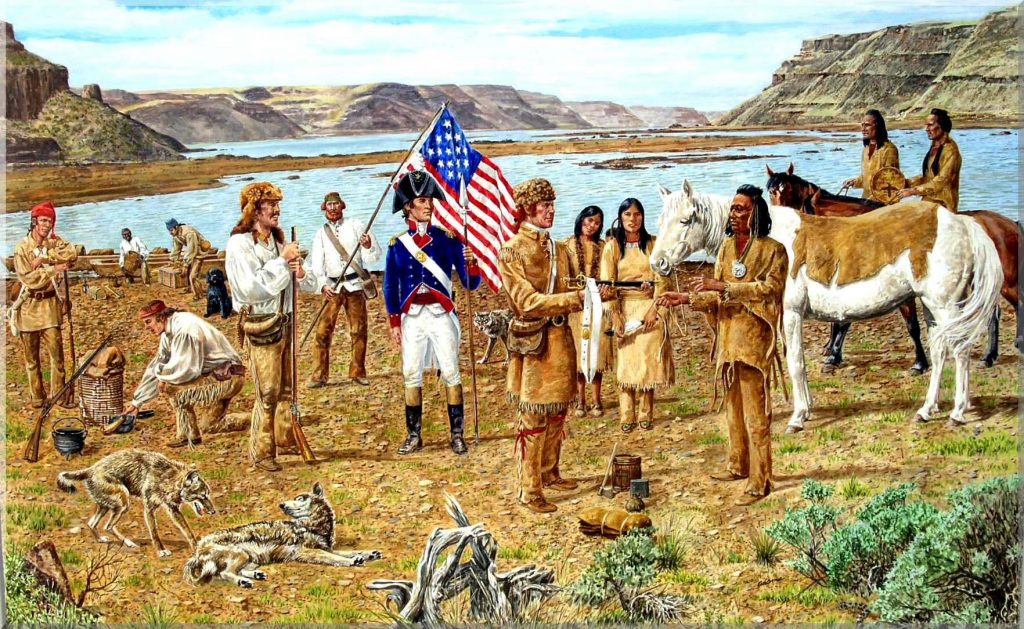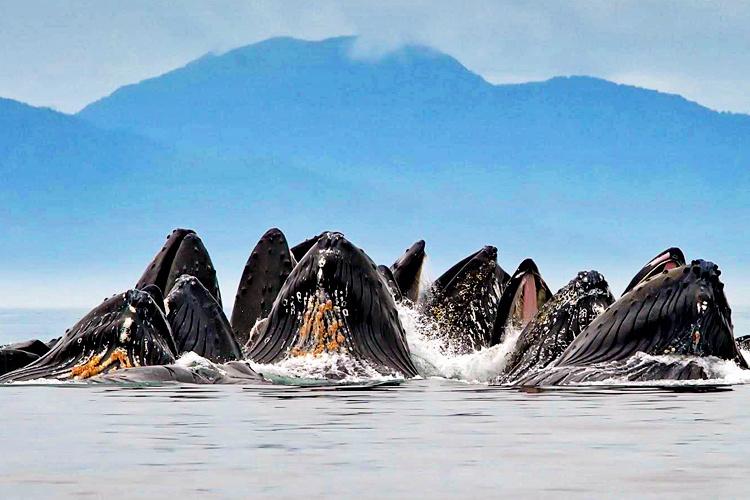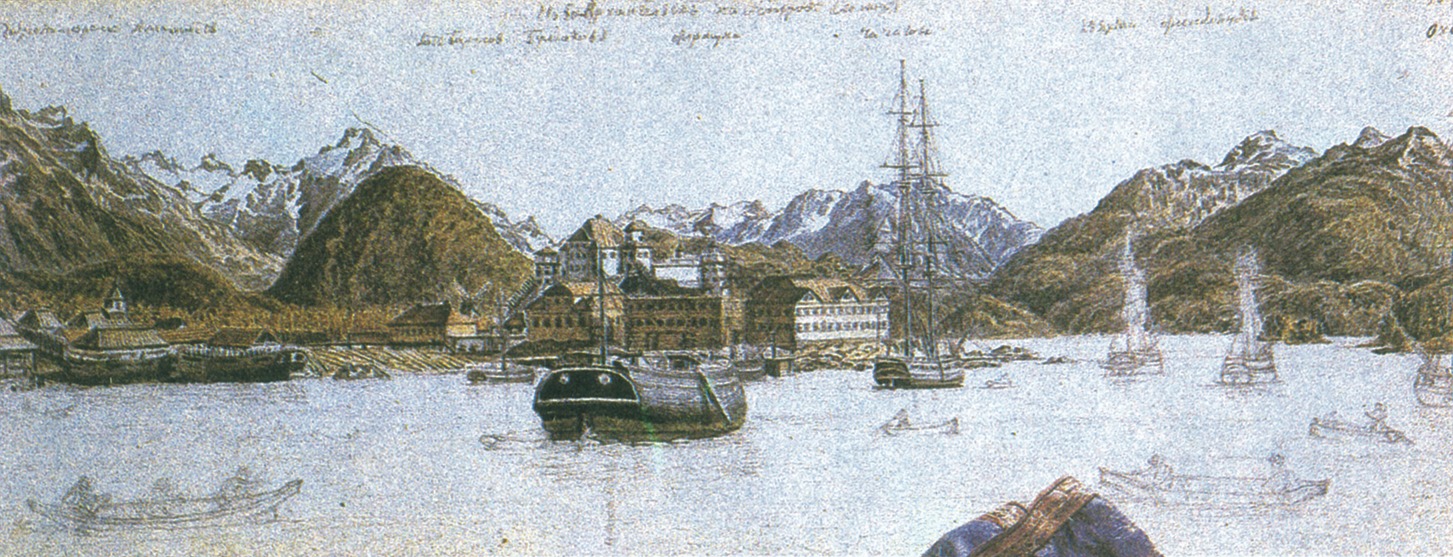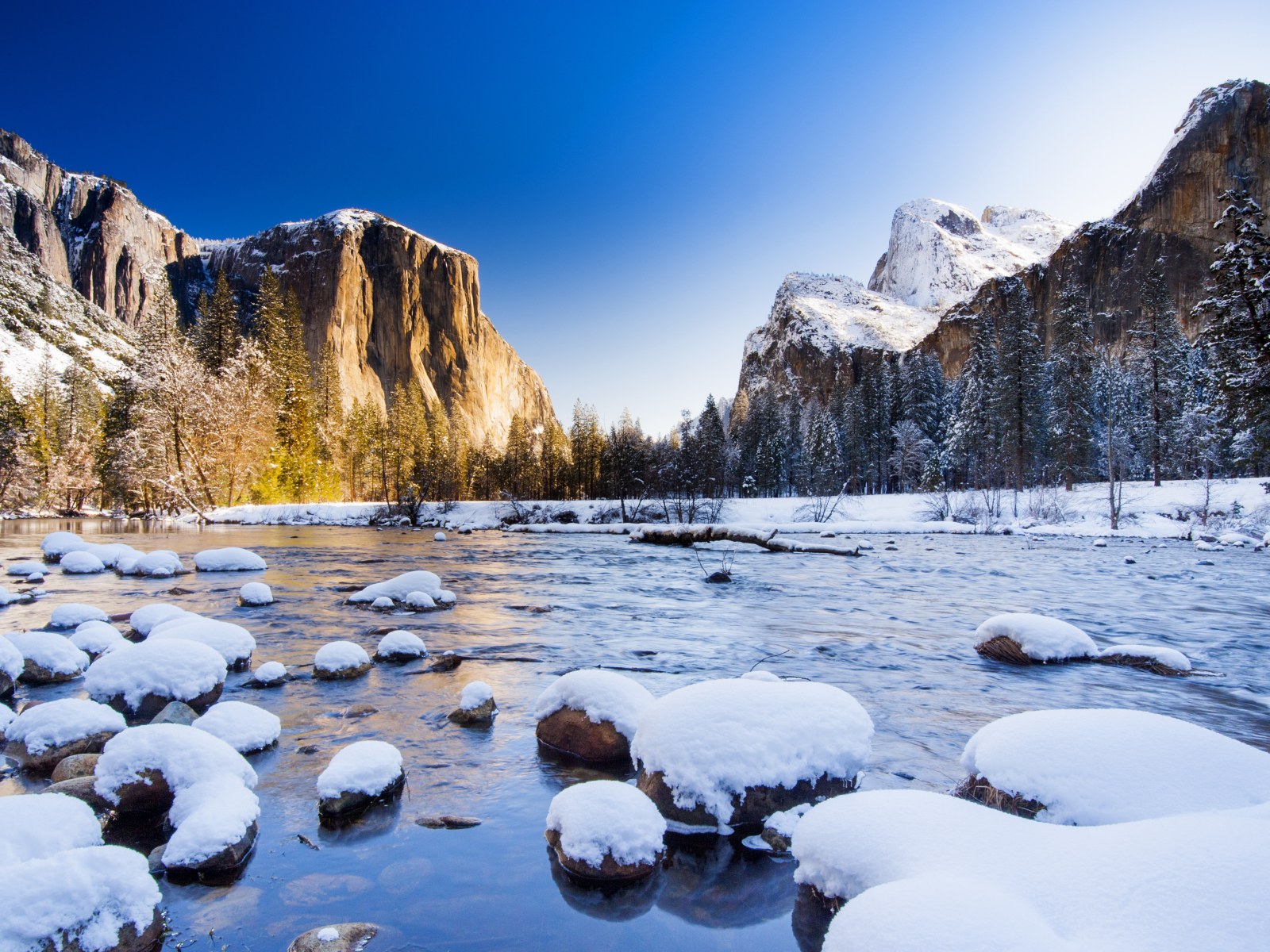Exploring Alaska: famous travelers and explorers who opened the region to the world
Alaska, one of the most wondrous and beautiful regions of the world, has attracted the attention of explorers and travelers for many centuries. This amazing corner of the earth, located in the extreme northwest of North America, is famous for its unique nature, richness of animal and plant life, and unique climatic conditions.

The importance of the history of exploration for Alaska cannot be overemphasized. This region found itself at the crossroads of maritime travelers who sought to discover new territories and establish control over resources. The history of Alaskan exploration is inextricably linked to the names of famous explorers and travelers who risked their lives to unlock the secrets of this mysterious region.
Exploration of Alaska not only helped uncover its natural riches, but also contributed to the development of scientific knowledge about climate, geography, flora and fauna. Each discovery and expedition has contributed to the understanding of this unique region and its importance to the entire planet.
Thus, the exploration of Alaska is of great importance not only to the region itself, but also to the world. It allows us to understand and appreciate the richness and uniqueness of this land, as well as its role in preserving biodiversity and the climate balance of the planet.
The Russians and the first explorations

In the 18th century, Russia began active exploration in search of new territories and trade routes, particularly in the Americas. Russian navigators traveled to the northern shores of Siberia and on to Alaska, in search of new natural resources and trade opportunities. One of the first and most important explorers of this period was Vitus Bering.
In 1725, Bering was appointed captain and began his voyages in northern waters. His first important achievement was the discovery of the Bering Strait in 1728, which separates Asia from North America. This discovery was significant for world geography because it confirmed the existence of a strait between Russia and the Americas and opened new avenues for exploration and trade.
Russian explorers were motivated not only by a thirst for knowledge and adventure, but also by strategic and economic interests. They sought to provide Russia with direct access to Pacific trade routes, and to expand the borders of the Russian empire. In addition, the search for new lands and resources was important for the country’s economic development.
Factors that motivated Russian explorers to seek new lands and routes also included competition with other European powers, such as England and Holland, who also sought control over northern sea lanes and trade routes. The exploration of Alaska was therefore part of a broad geopolitical struggle for influence and resources in North America.
Thus, Russian navigators, led by Vitus Bering, played an important role in the history of Alaskan exploration. Their voyages helped discover new territories, expanded knowledge of the world, and contributed to the development of the Russian empire.
Lewis and Clark Expedition

The Lewis and Clark Expedition, conducted in the early 19th century, was one of the most significant events in the history of the exploration of Alaska and western North America. Captain William Clark and Lieutenant Meriwether Lewis were chosen by U.S. President Thomas Jefferson to explore new territories and search for possible trade routes.
Lewis and Clark were American explorers and military men who, along with a small group of explorers and Native American guides, set out from St. Louis, Missouri in 1804. Their goal was to explore the area west of the Missouri River all the way to the Pacific Ocean.
Lewis and Clark’s expedition was of great importance to the study of Alaska’s nature, geography, and native cultures. During their journey, they collected extensive geographic, ethnographic, and botanical data, including plant and animal specimens, descriptions of the area, and Native peoples.
The explorers met Native Americans of various tribes and recorded their customs, languages, and lifestyles. This allowed them to gather valuable information about the region’s cultural diversity and history.
One of the highlights of the expedition was the exploration of the Yukon River and its watershed. Lewis and Clark looked for possible trade routes and resources that could be used for economic development in the new areas.
As a result, through Lewis and Clark’s efforts, extensive data was collected about the nature and culture of Alaska and western North America. This data became the basis for further research and played an important role in the history of the region.
Alexander Baranov and the founding of the Russian-American Company

When considering the history of Alaskan exploration and significant expeditions, we cannot overlook the role of the Russian entrepreneur and colonizer Alexander Baranov in this process.
He was one of the key figures in the history of Alaska and is worth special mention because of his influence on the development of the region from the 18th through the early 19th centuries.
Alexander Baranov was a Russian businessman and colonial administrator who was instrumental in the exploration and development of Alaska under the auspices of the Russian-American Company (RAC). After the founding of the RAC in 1799, Baranov was appointed chief director of the company and began to direct its activities in Alaska.
Baranov’s role in the development of Alaska was enormous. He organized and led many expeditions and settlements in Alaska, thus ensuring Russia’s presence in the region. He also played a key role in establishing trade ties with Alaska Native peoples and developing the maritime seafood trade.
The importance of Alaskan exploration to the Russian Empire was immense. The region provided resources such as maritime and whaling industries that were important to the Russian economy. It also served as an important strategic point in the Pacific Northwest, providing access to trade routes and control over Pacific markets.
Baranov was one of the main initiators and organizers of the Alaskan exploration and development process, and his contribution to the history of the region cannot be overestimated. His activities and his leadership of the Russian-American Company were instrumental in shaping Alaska’s history and culture, as well as strengthening Russian influence in the Pacific.
John Muir and his research

John Muir was a prominent American naturalist, explorer, and conservationist who contributed greatly to the study and protection of wildlife, including Alaska, in the late 19th century. Born in Scotland in 1838, Muir moved to the United States as a child and became one of the most influential natural explorers in American history.
One of John Muir’s most famous expeditions in Alaska was his trip to Mount McKinley in 1899. Muir first saw this majestic peak in 1879 and visited it again shortly thereafter, this time as part of his famous expedition. His descriptions of the trip, recorded in notes and articles, perfectly capture his delight and admiration for the beauty of Alaska, its wildlife and mighty glaciers.
In his notes, Muir described in detail the nature he encountered during his travels, including mountains, glaciers, rivers, and forests. He also drew attention to the unique ecosystems and variety of animal and plant life he encountered in his travels. His articles and notes became popular not only with the scientific community, but also with the general public, and helped bring attention to the beauty and vulnerability of wildlife.
Muir was also a passionate conservationist and an advocate for the creation of national parks and wildlife refuges. His ideas and efforts contributed to the creation of several national parks in the United States, including Yosemite and Sequoia. In his articles and public speeches, he raised issues of conservation and ecological balance, bringing the issue to the attention of the public and authorities.
Thus, John Muir played an important role in the study and conservation of Alaska in the late nineteenth century. His expeditions, described in his travel writings and articles, as well as his active advocacy, helped to reveal the beauty and uniqueness of the region, and drew attention to the need to preserve it for future generations.
Current research and conservation

Modern research and conservation in Alaska plays an important role in understanding the region’s biodiversity and protecting it for future generations. Many scientists and researchers around the world are currently studying various aspects of Alaska’s nature and ecosystems, contributing to science and promoting conservation.
One of the famous Alaskan researchers is Johnny Gibbons, a biologist from the United States, who studies Alaskan ecosystems and their effects on native species of animals and plants. His research helps to better understand the relationships between living organisms and the environment, and to identify the vulnerabilities of Alaska’s nature to climate change and human activity.
Another well-known researcher is Jane Johnson, a geographer from Canada who specializes in the study of Alaska’s geography and geology. Her work on landscapes and geologic processes helps to understand the formation of the region’s landforms, as well as predict future changes.
The work of independent scientific organizations and conservation societies is also an important aspect of contemporary Alaska research. For example, the Alaska Science Association conducts research on wildlife conservation and sustainable development strategies for the region. Their efforts are focused on maintaining biodiversity, controlling the use of natural resources, and protecting unique ecosystems.
Environmental education and outreach is another important focus of Alaska’s conservation efforts. Many environmental organizations and social movements conduct campaigns to draw attention to environmental issues, organize environmental events and training programs for local residents and tourists.
Thus, contemporary research and conservation efforts in Alaska are conducted by a multitude of scientists, organizations, and activists from around the world. Their work helps to better understand and appreciate the uniqueness and vulnerability of this region, and to develop strategies for its conservation and sustainable development.
Conclusion
In conclusion, the importance of the role of explorers in the discovery and exploration of Alaska should be emphasized, as well as the significance of preserving the region’s natural and cultural heritage for future generations.
Explorers, from 18th century Russian navigators to modern scientists, have contributed greatly to our understanding of Alaska’s natural richness. Through their work, we know about the diversity of living organisms, unique landscapes, and the impact of human activities on the environment. Their research has helped us better understand the region’s ecosystems and develop strategies for their conservation.
Preserving Alaska’s natural and cultural heritage is an important challenge not only for today’s generations, but also for future generations. The region has unique ecosystems, many species of rare and vulnerable animals and plants, and a rich indigenous history and culture. It is therefore necessary to take measures to preserve this wealth and pass it on to descendants.
In this context, a moving company that is willing to be a reliable partner in relocating to this region plays an important role. Its support and accompaniment in relocation can ensure a comfortable and safe transition to a new life in Alaska.
As a result, the combined efforts of researchers, conservation organizations, and companies supporting relocation to Alaska can make the region even more attractive and viable for future generations. Preserving its nature and cultural heritage is our shared duty to nature and to future generations.
Contact us in any way:
Telephone: (954) 773-9667
E-mail: abs@absoluteinc.org
Website: https://absoluterelocationservices.com





